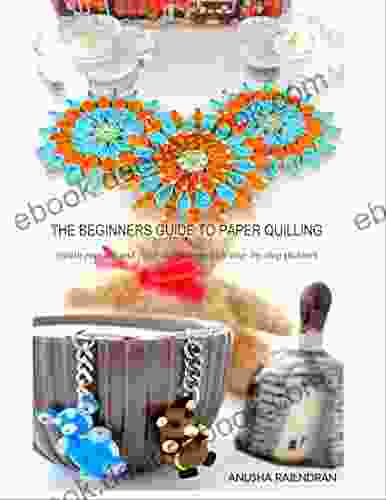Mysteries of the Night: Witches, Wolves, and Magical Creatures in European Folktales


The world of European folktales is a rich and diverse tapestry of stories that have been passed down through generations. These tales are filled with magic, adventure, and creatures that exist beyond the realm of reality. Witches, wolves, and other supernatural beings play a prominent role in these tales, captivating the imagination of children and adults alike.
4.2 out of 5
| Language | : | English |
| File size | : | 2845 KB |
| Screen Reader | : | Supported |
| Print length | : | 42 pages |
In this article, we will explore the fascinating world of European folktales and the role that witches, wolves, and other magical creatures play in these timeless stories. We will delve into the origins of these tales, their cultural significance, and the ways in which they have influenced our understanding of the world around us.
Witches: The Enchantresses of the Night
Witches are a ubiquitous presence in European folklore. They are depicted as women who possess supernatural powers, often using them for evil purposes. Witches are often associated with black magic, potions, and curses. They are often depicted as living in isolated cottages or deep in the woods, shunning the company of others.
The origins of the witch figure can be traced back to ancient pagan beliefs. In many pre-Christian cultures, women who practiced healing or herbalism were often feared and mistrusted. As Christianity spread throughout Europe, these beliefs were assimilated into the Christian worldview, and witches became associated with the devil and his followers.
Witches play a variety of roles in European folktales. They can be benevolent figures who help the主人公or they can be malevolent beings who seek to harm them. Witches often possess the ability to transform themselves into animals, cast spells, and control the weather.
One of the most famous witches in European folklore is Baba Yaga. Baba Yaga is a powerful witch who lives in a hut on chicken legs deep in the forest. She is often depicted as a fearsome and dangerous figure, but she can also be helpful to those who seek her assistance.
Wolves: The Guardians of the Wild
Wolves are another common figure in European folktales. They are often depicted as fearsome predators, but they can also be symbols of strength, loyalty, and wisdom. Wolves are often associated with the wilderness and the untamed forces of nature.
The wolf figure has been present in European folklore for centuries. In ancient Greek mythology, wolves were associated with the god Apollo. In Norse mythology, wolves were considered to be the guardians of the underworld. And in Christian tradition, wolves are often associated with the devil.
Wolves play a variety of roles in European folktales. They can be helpful companions, fierce enemies, or symbols of danger and mystery. Wolves often represent the untamed forces of nature, and they can be a reminder of the fragility of human civilization.
One of the most famous wolves in European folklore is the Big Bad Wolf from the fairy tale "Little Red Riding Hood." The Big Bad Wolf is a cunning and dangerous predator who tries to eat Red Riding Hood and her grandmother.
Other Magical Creatures
In addition to witches and wolves, European folktales are filled with a wide variety of other magical creatures. These creatures include fairies, goblins, trolls, dragons, and giants. Each of these creatures has its own unique powers and characteristics, and they play a variety of roles in the stories they inhabit.
Fairies are often depicted as small, winged creatures with magical powers. They can be benevolent or mischievous, and they are often associated with the natural world. Goblins are small, mischievous creatures that are often depicted as living underground. Trolls are large, ugly creatures that are often associated with mountains and forests. Dragons are powerful, fire-breathing creatures that are often depicted as being the guardians of treasure. And giants are large, humanoid creatures that are often depicted as being slow-witted and clumsy.
These are just a few of the many magical creatures that inhabit the world of European folktales. These creatures add a sense of wonder and magic to these stories, and they help to create a world that is both familiar and strange.
The Cultural Significance of Folktales
Folktales are more than just stories for children. They are a reflection of the culture and values of the people who tell them. Folktales often contain lessons about morality, courage, and perseverance. They can also help us to understand the world around us and our place in it.
The witches, wolves, and other magical creatures that inhabit European folktales are symbols of the fears and hopes of the people who created them. These stories have been passed down through generations, and they continue to resonate with us today.
The world of European folktales is a rich and diverse tapestry of stories that have been passed down through generations. These tales are filled with magic, adventure, and creatures that exist beyond the realm of reality. Witches, wolves, and other supernatural beings play a prominent role in these tales, captivating the imagination of children and adults alike.
These stories are more than just entertainment. They are a reflection of the culture and values of the people who tell them. Folktales can teach us about morality, courage, and perseverance. They can also help us to understand the world around us and our place in it.
So next time you hear a folktale, take some time to appreciate the magic and wonder that it contains. These stories are a precious part of our cultural heritage, and they deserve to be cherished and passed down to future generations.
4.2 out of 5
| Language | : | English |
| File size | : | 2845 KB |
| Screen Reader | : | Supported |
| Print length | : | 42 pages |
Do you want to contribute by writing guest posts on this blog?
Please contact us and send us a resume of previous articles that you have written.
 Story
Story Reader
Reader Library
Library Magazine
Magazine Newspaper
Newspaper Paragraph
Paragraph Sentence
Sentence Bookmark
Bookmark Shelf
Shelf Glossary
Glossary Scroll
Scroll Codex
Codex Bestseller
Bestseller Classics
Classics Biography
Biography Autobiography
Autobiography Memoir
Memoir Encyclopedia
Encyclopedia Dictionary
Dictionary Thesaurus
Thesaurus Narrator
Narrator Librarian
Librarian Card Catalog
Card Catalog Borrowing
Borrowing Stacks
Stacks Archives
Archives Periodicals
Periodicals Study
Study Research
Research Lending
Lending Academic
Academic Journals
Journals Rare Books
Rare Books Interlibrary
Interlibrary Literacy
Literacy Study Group
Study Group Thesis
Thesis Book Club
Book Club Theory
Theory Textbooks
Textbooks Robeson Taj Frazier
Robeson Taj Frazier Ruth Phillips
Ruth Phillips Carol Petrie
Carol Petrie David Breskin
David Breskin Vladimir Nabokov
Vladimir Nabokov Nina Antonia
Nina Antonia James W Fatherree
James W Fatherree Jerry Lawler
Jerry Lawler James E Doyle
James E Doyle Clifford Holliday
Clifford Holliday Don Fredrick
Don Fredrick Shannon Burke
Shannon Burke Becky Friedman
Becky Friedman Dawn Peters
Dawn Peters Don W Stacks
Don W Stacks Reissue Edition Kindle Edition
Reissue Edition Kindle Edition Duncan White
Duncan White Clare Vanderpool
Clare Vanderpool Craig Speck
Craig Speck Peace George
Peace George
Light bulbAdvertise smarter! Our strategic ad space ensures maximum exposure. Reserve your spot today!

 Jett PowellCross Stitch Patterns Cat Meow Animals Modern For Adults Basic Tutorial How...
Jett PowellCross Stitch Patterns Cat Meow Animals Modern For Adults Basic Tutorial How...
 Gregory WoodsThe World of Alto Trombone: Dawn Peters, a Trombonist of Exceptional Talent...
Gregory WoodsThe World of Alto Trombone: Dawn Peters, a Trombonist of Exceptional Talent... Charles BukowskiFollow ·15.9k
Charles BukowskiFollow ·15.9k Cade SimmonsFollow ·10.2k
Cade SimmonsFollow ·10.2k Aleksandr PushkinFollow ·6.9k
Aleksandr PushkinFollow ·6.9k Leo MitchellFollow ·9.7k
Leo MitchellFollow ·9.7k Jeffrey HayesFollow ·11.8k
Jeffrey HayesFollow ·11.8k Hector BlairFollow ·15.9k
Hector BlairFollow ·15.9k Zachary CoxFollow ·16.4k
Zachary CoxFollow ·16.4k Grant HayesFollow ·3.5k
Grant HayesFollow ·3.5k
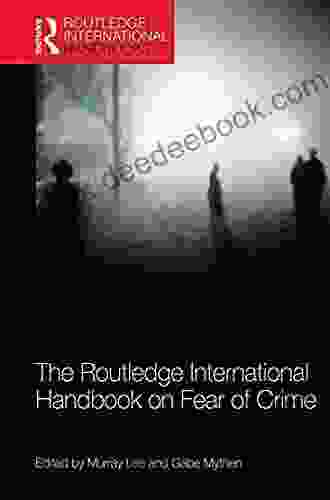
 E.E. Cummings
E.E. CummingsThe Routledge International Handbook on Fear of Crime
Fear of crime is a serious problem that can...
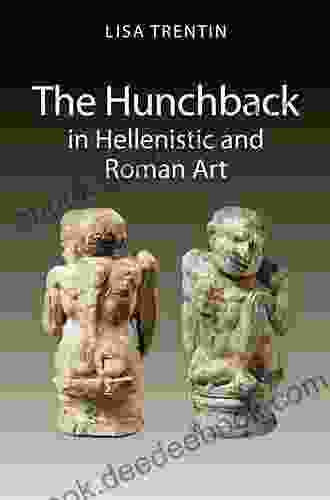
 Fletcher Mitchell
Fletcher MitchellThe Hunchback in Hellenistic and Roman Art: A...
The hunchback, or kyphosis, is a physical...

 Victor Turner
Victor TurnerA Comprehensive Guide to Needle Felting for Moms:...
Needle felting, a captivating craft...
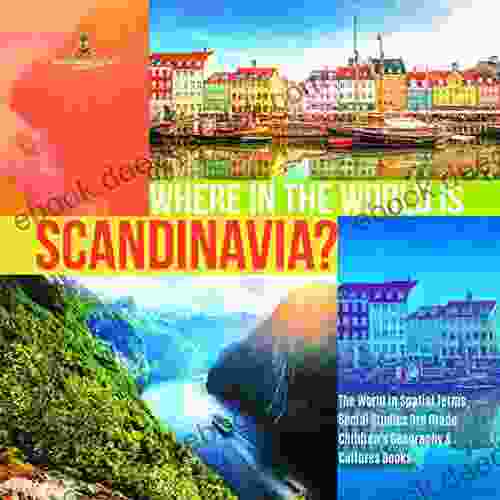
 Joseph Foster
Joseph FosterWhere is Scandinavia?
Scandinavia is a region in...
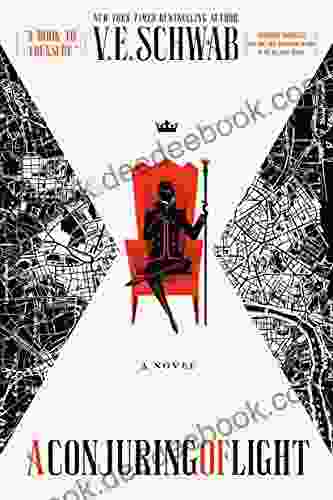
 Leon Foster
Leon FosterNovel Shades of Magic: A Masterpiece of Magical...
An Enthralling...
4.2 out of 5
| Language | : | English |
| File size | : | 2845 KB |
| Screen Reader | : | Supported |
| Print length | : | 42 pages |





